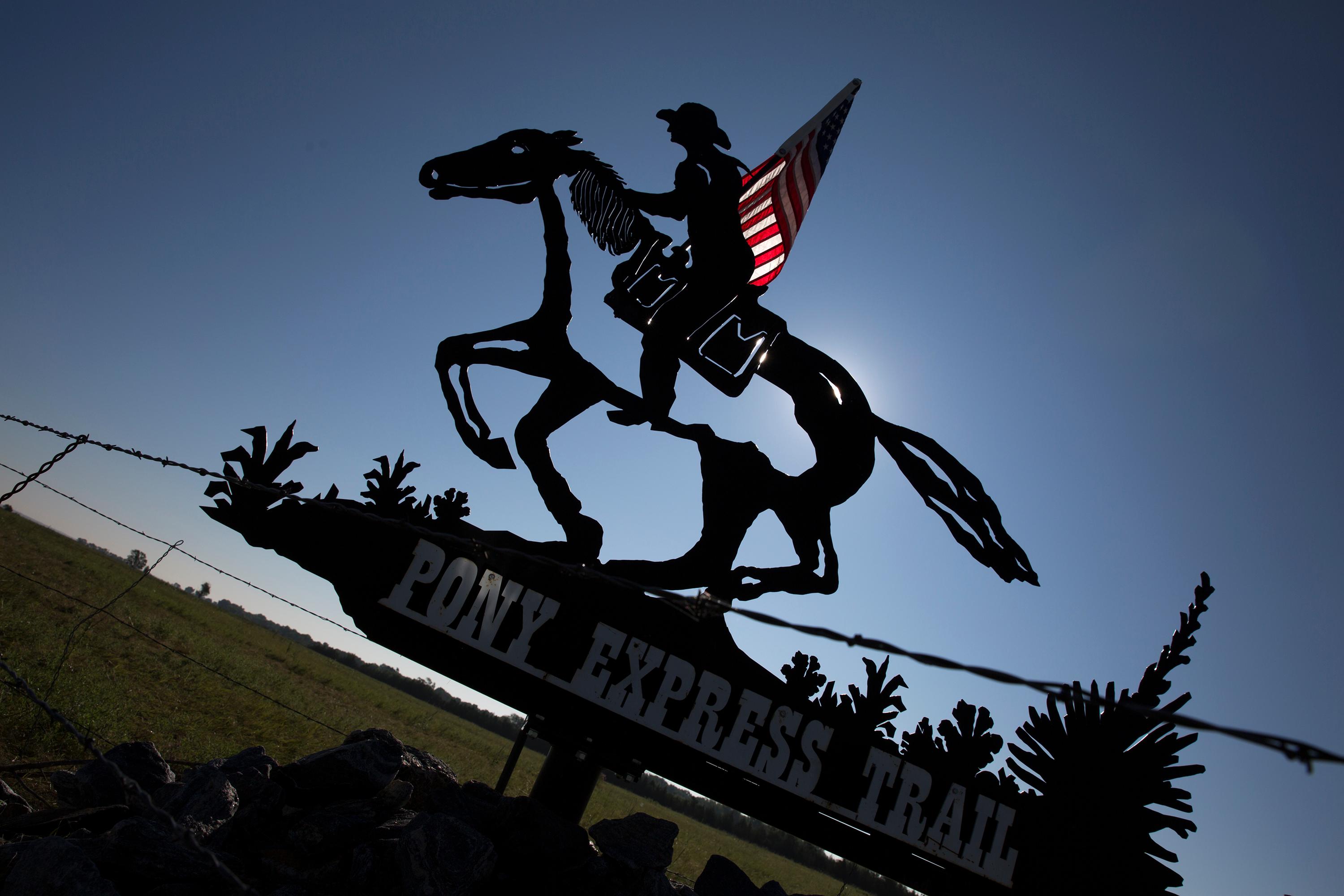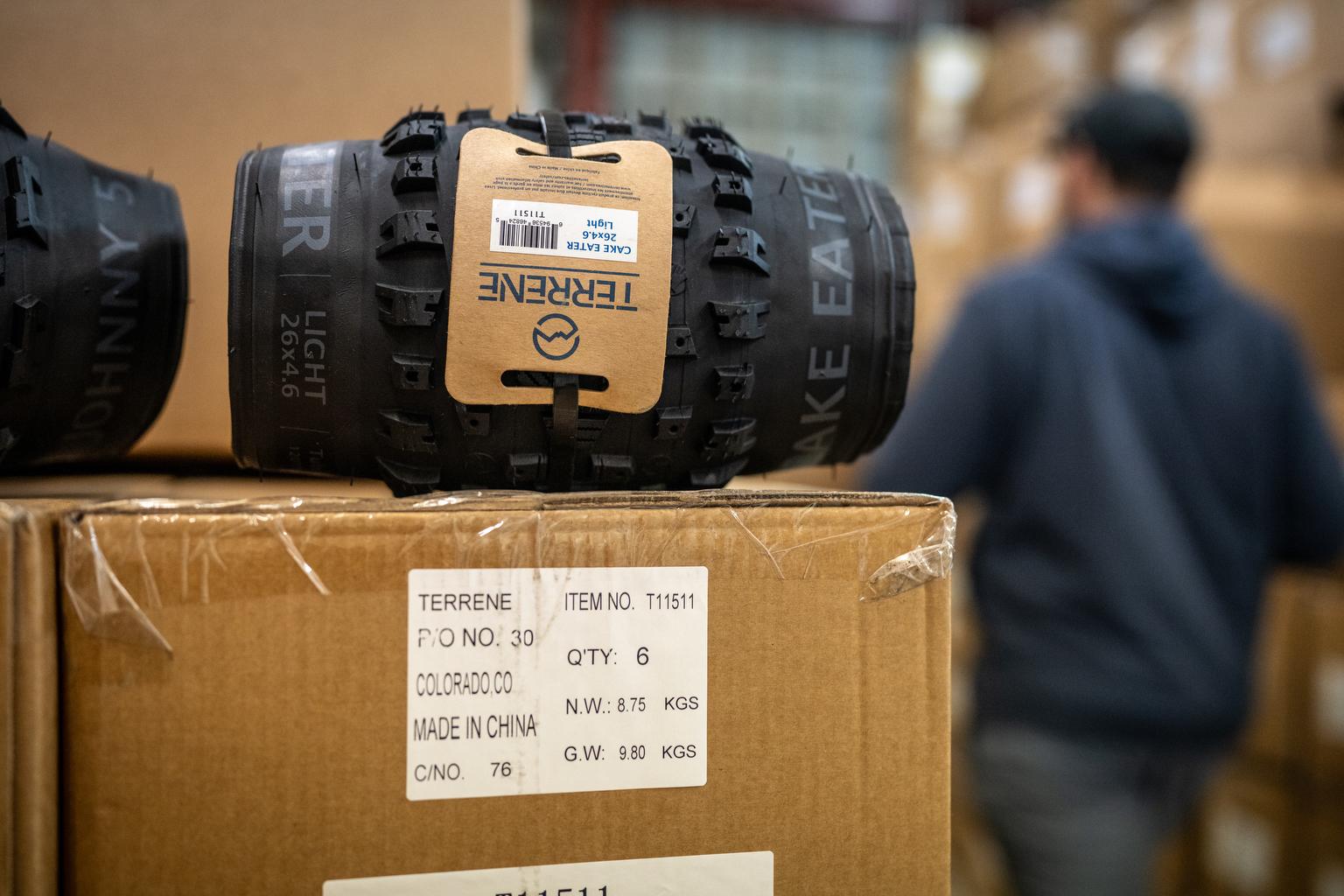
There’s a lot of talk about infrastructure these days and whether Washington should fund a major investment. We’re going to look back at one of this country’s biggest infrastructure roll-outs: the westward expansion of the Postal Service in the late 1800s. Interesting fact: at one point, the USPS had double the locations it has today. In his new book, "Paper Trails: The US Post And The Making Of The American West." CU Denver historian Cameron Blevins writes that this rapid and far-reaching expansion also “facilitated a larger process of colonization” as “the US Post helped accelerate the seizure of Native territory.”









